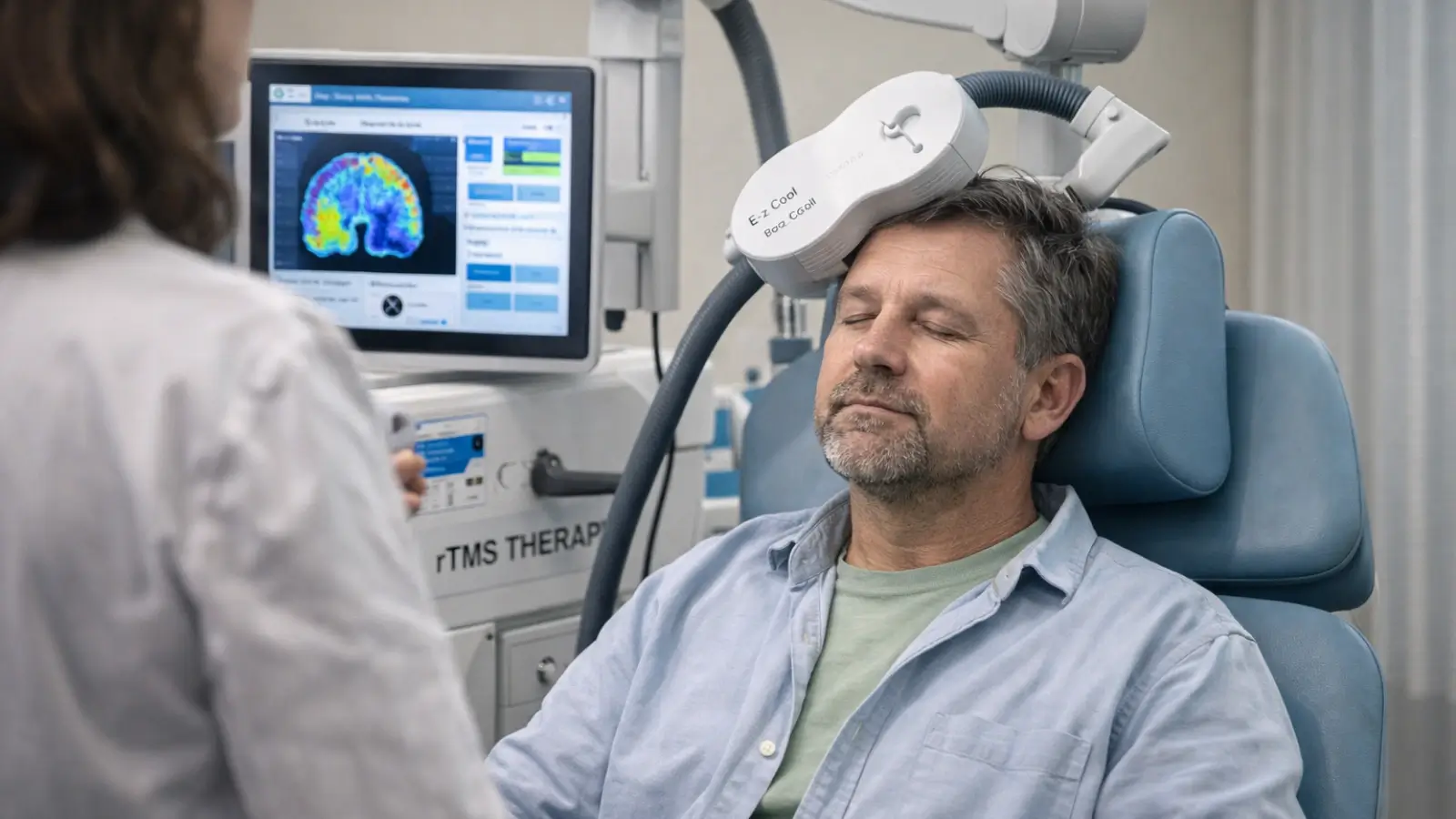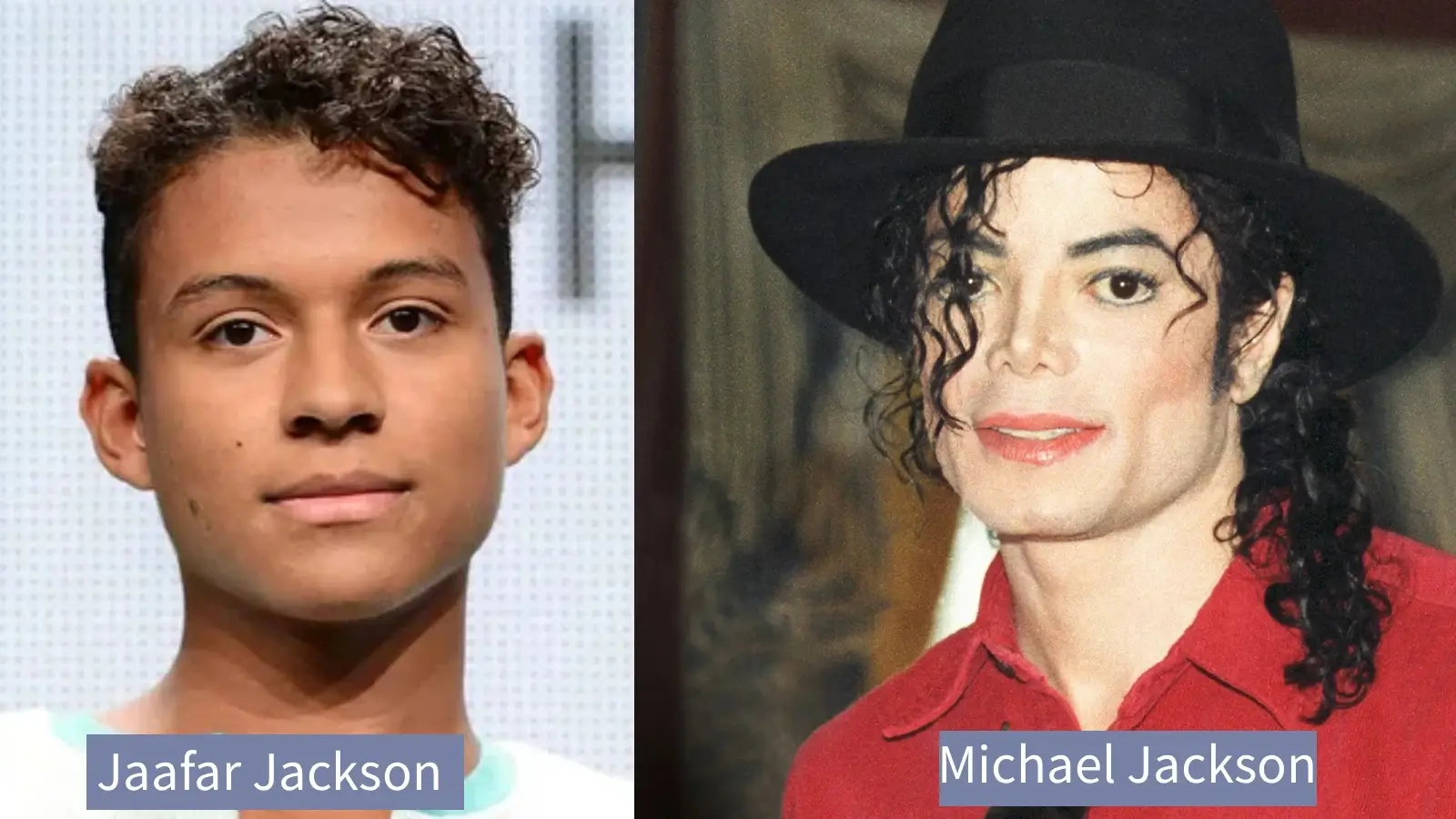In the digital age, video content has become a ubiquitous and powerful medium for storytelling, marketing, and entertainment. Behind every compelling video lies the meticulous craft of video editing—a process that transforms raw footage into polished, engaging content. Whether you're a professional filmmaker, a content creator, or a hobbyist, understanding the fundamentals and advanced techniques of video editing can elevate your work to new heights.
What is Video Editing?
Video editing is the process of manipulating and rearranging video shots to create a cohesive and engaging narrative. It involves selecting the best shots, trimming unnecessary footage, adding transitions, incorporating audio, and applying visual effects. The goal is to create a seamless and captivating viewing experience that effectively communicates the intended message.
The Importance of Video Editing
-
Storytelling: Video editing is crucial for crafting a compelling story. It allows editors to control the pacing, mood, and emotional impact of the narrative, ensuring that the audience remains engaged throughout.
-
Clarity and Coherence: Editing helps to eliminate unnecessary or confusing elements, making the video clear and coherent. It ensures that the message is conveyed effectively and efficiently.
-
Enhanced Visuals: Through color correction, visual effects, and transitions, video editing can significantly enhance the visual appeal of the footage, making it more aesthetically pleasing and professional.
-
Time Management: Editing allows for the efficient use of time, ensuring that the video is concise and to the point, without dragging on or losing the audience's interest.
Essential Tools and Software
-
Non-Linear Editing Systems (NLEs): NLEs are the backbone of video editing, allowing editors to arrange clips in a non-linear fashion. Popular NLEs include Adobe Premiere Pro, Final Cut Pro, and Avid Media Composer.
-
Audio Editing Software: Tools like Adobe Audition and Audacity are essential for enhancing and cleaning up audio tracks, ensuring that the sound quality matches the visuals.
-
Visual Effects and Motion Graphics: Software like Adobe After Effects and Apple Motion are used to create stunning visual effects and motion graphics, adding a layer of creativity and polish to the video.
Key Techniques in Video Editing
-
Cutting and Trimming: The most basic yet crucial aspect of editing is cutting and trimming clips to remove unwanted footage and create a smooth flow.
-
Transitions: Transitions help to bridge the gap between scenes, making the video more dynamic and visually interesting. Common transitions include fades, dissolves, and wipes.
-
Color Correction and Grading: Color correction ensures that the footage has consistent and accurate colors, while color grading enhances the mood and aesthetic of the video.
-
Audio Syncing and Mixing: Syncing audio with video is essential for maintaining the integrity of the narrative. Mixing involves adjusting volume levels, adding sound effects, and incorporating background music.
-
Special Effects and Animation: Adding special effects and animation can enhance the visual storytelling, making the video more engaging and memorable.
Tips for Effective Video Editing
-
Plan Ahead: Before starting the editing process, create a storyboard or script to guide your work. This will help you stay organized and focused on the narrative.
-
Backup Your Work: Always backup your project files and raw footage to prevent data loss. Use external hard drives or cloud storage for added security.
-
Use Keyboard Shortcuts: Familiarize yourself with keyboard shortcuts to speed up the editing process and improve efficiency.
-
Experiment and Iterate: Don't be afraid to experiment with different techniques and styles. Iterate on your edits to find the best approach for your video.
-
Get Feedback: Share your work with others and seek feedback. Fresh perspectives can help you identify areas for improvement and refine your editing skills.
Conclusion
Video editing is a powerful and creative process that transforms raw footage into captivating stories. Whether you're creating a short film, a marketing video, or a personal vlog, mastering the art of video editing can significantly enhance the quality and impact of your work. By understanding the fundamentals, utilizing the right tools, and applying effective techniques, you can bring your vision to life and captivate your audience.

















